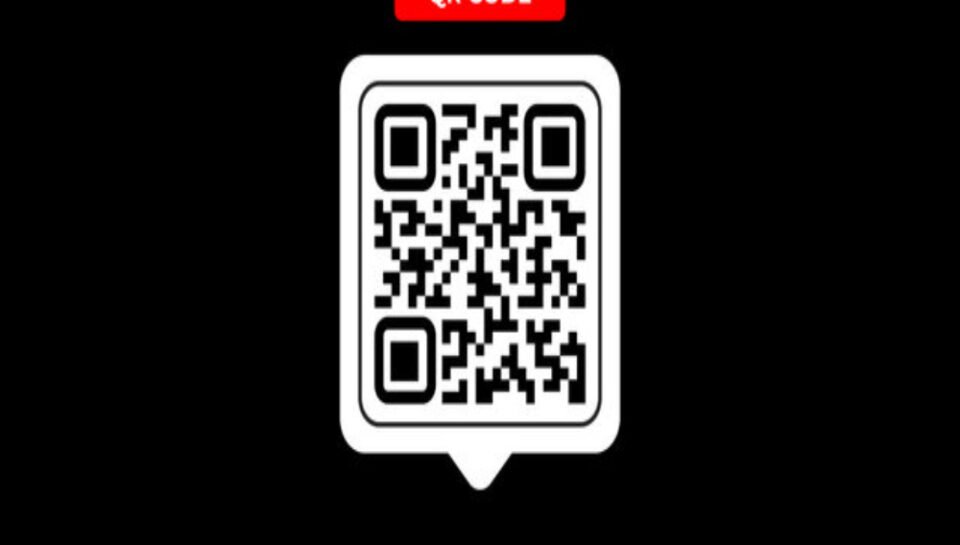
Introduce the use of QR codes in modern flyer design.
INTRODUCTION
In the evolving landscape of print marketing, QR codes have emerged as a powerful bridge between physical and digital engagement—especially in modern flyer design. These compact, scannable codes provide instant access to online content, allowing brands to transform a static flyer into a dynamic, interactive marketing tool. With just a smartphone scan, QR codes connect audiences to websites, videos, social media pages, event registrations, and more—enhancing both the user experience and campaign effectiveness.
1. ENHANCES INTERACTIVITY
QR codes turn traditional flyers into interactive platforms. Instead of passively presenting information, they encourage recipients to take action—exploring a menu, signing up for an event, or watching a promotional video in seconds.
2. SAVES SPACE AND DECLUTTERS DESIGN
Rather than crowding a flyer with long URLs or excessive details, QR codes streamline content. They allow designers to keep layouts clean and visually appealing while still providing access to extensive digital information.
3. BOOSTS ENGAGEMENT AND CONVERSIONS
Flyers with QR codes prompt immediate interaction, leading to higher engagement. When paired with strong calls to action—like “Scan to Save,” “Scan to Register,” or “Scan for More”—they guide the audience toward measurable conversion points.
4. ENABLES REAL-TIME UPDATES
Unlike printed text, QR code destinations can be updated anytime without reprinting the flyer. This means marketers can tweak offers, content, or landing pages in real-time, ensuring the information remains current and relevant.
5. PROVIDES VALUABLE ANALYTICS
Many QR code generators offer tracking features, allowing businesses to monitor scan counts, locations, devices used, and peak engagement times. These insights help optimize future campaigns and understand audience behavior.
6. FACILITATES CONTACTLESS INTERACTIONS
In the post-pandemic era, QR codes support contactless communication. Whether it’s restaurant menus, product catalogs, or business information, users appreciate the convenience and safety of digital access via a simple scan.
7. SUPPORTS MULTICHANNEL INTEGRATION
QR codes connect flyers to various digital channels—social media, mobile apps, video content, e-commerce platforms—creating a seamless brand experience across mediums and boosting omnichannel marketing efforts.
8. ADDS A MODERN AND TECH-SAVVY TOUCH
Including a QR code signals that your brand embraces innovation. It reflects a contemporary approach to communication, especially appealing to tech-savvy or younger audiences.
CONCLUSION
The integration of QR codes in flyer design modernizes print marketing by enabling instant, trackable, and meaningful interactions. They transform flyers from one-way messages into gateways to immersive brand experiences. When used strategically, QR codes not only simplify communication but also amplify reach, engagement, and results—making them an essential element in today’s design toolkit.
HASHTAGS
#QRCodeMarketing #FlyerDesign #InteractiveFlyers #PrintToDigital #SmartFlyers #MarketingInnovation #QRCodeDesign #PrintMarketing #DigitalEngagement #ScanToAct #ModernFlyers #OmnichannelMarketing #QRCodeTips #MarketingTools #BrandEngagement #CreativeMarketing #FlyerStrategy #DesignWithPurpose #QRIntegration #MobileMarketing #PrintDesign #EngagingFlyers #TechInMarketing #FlyerInnovation #MarketingDesign





